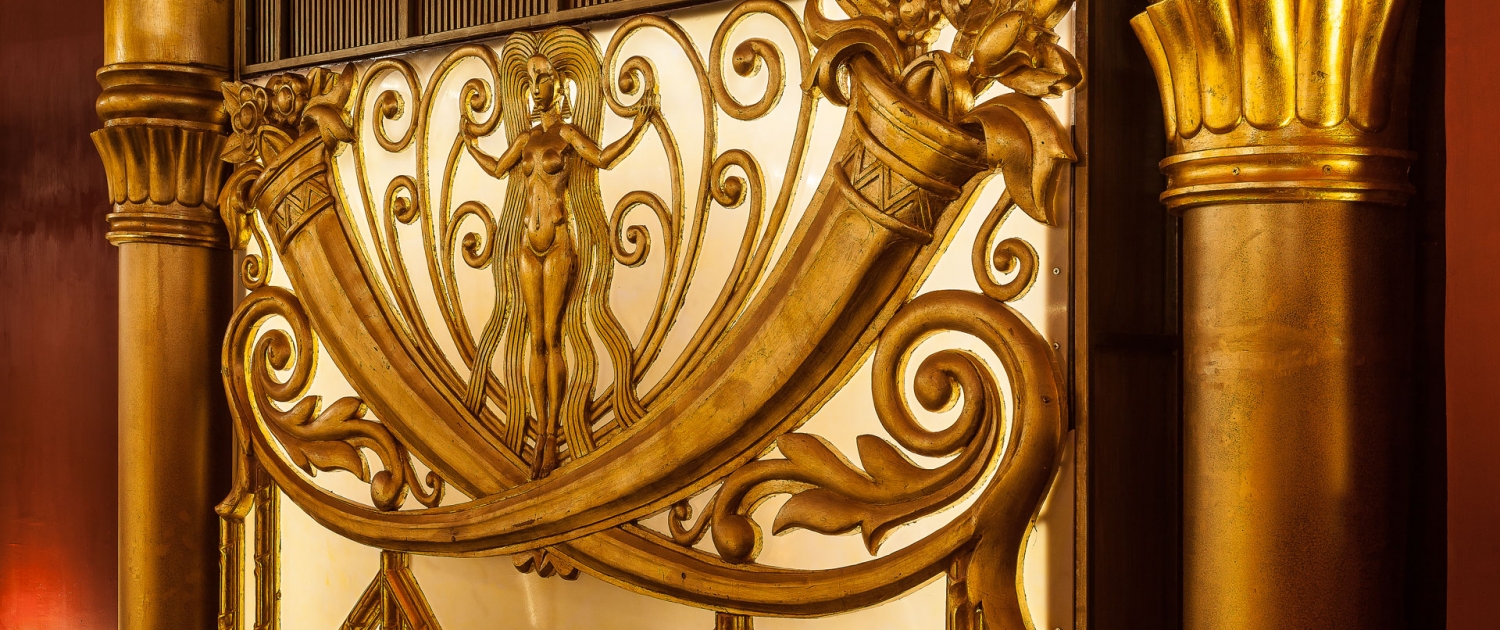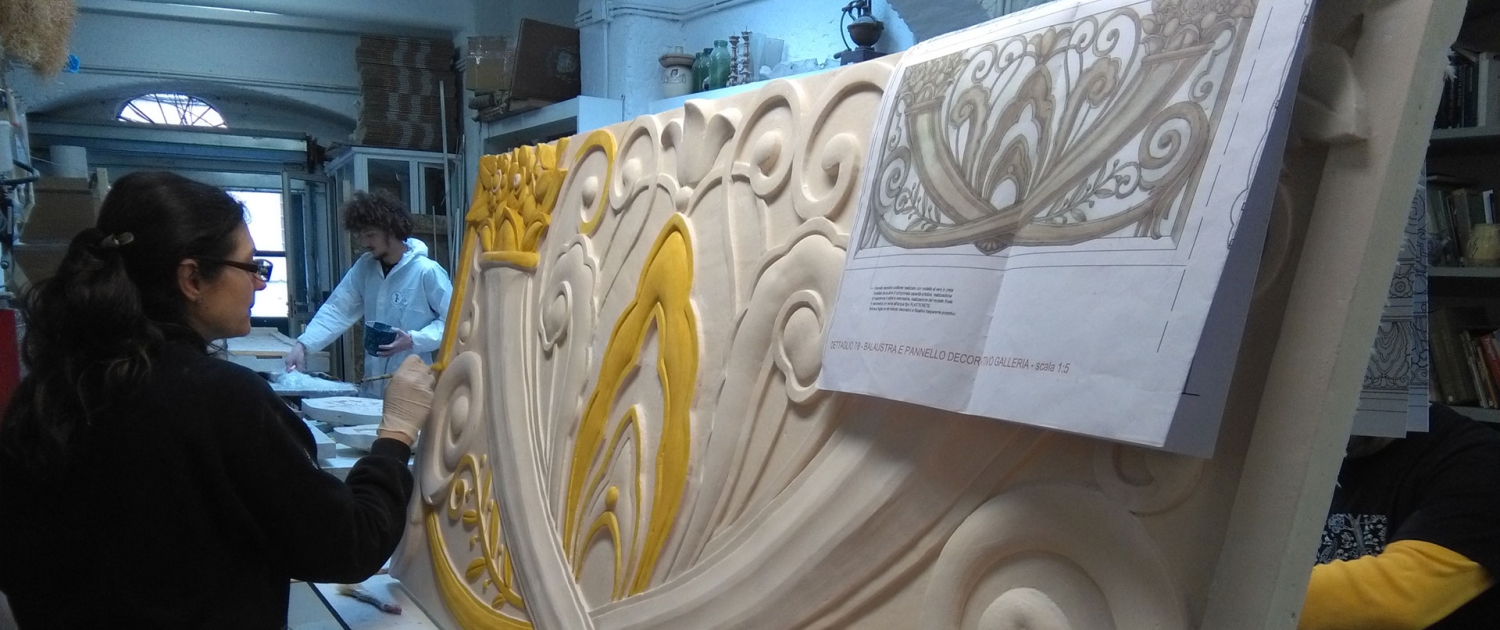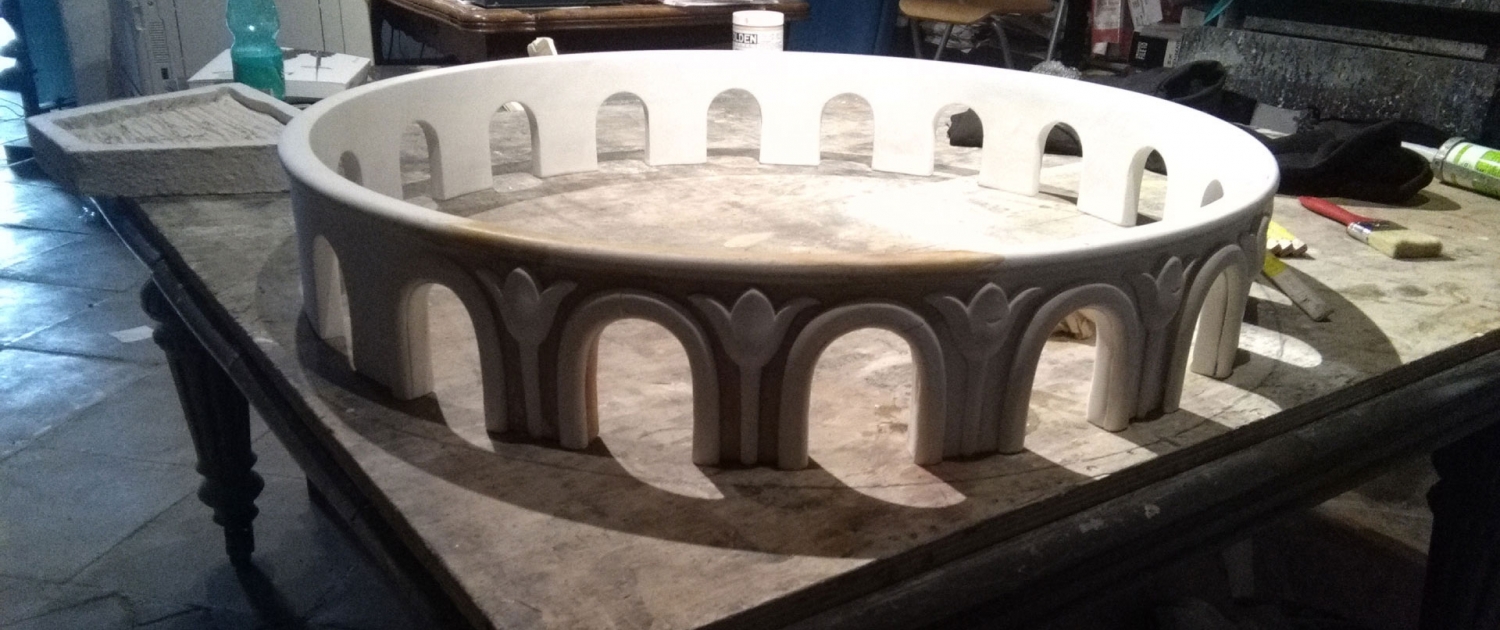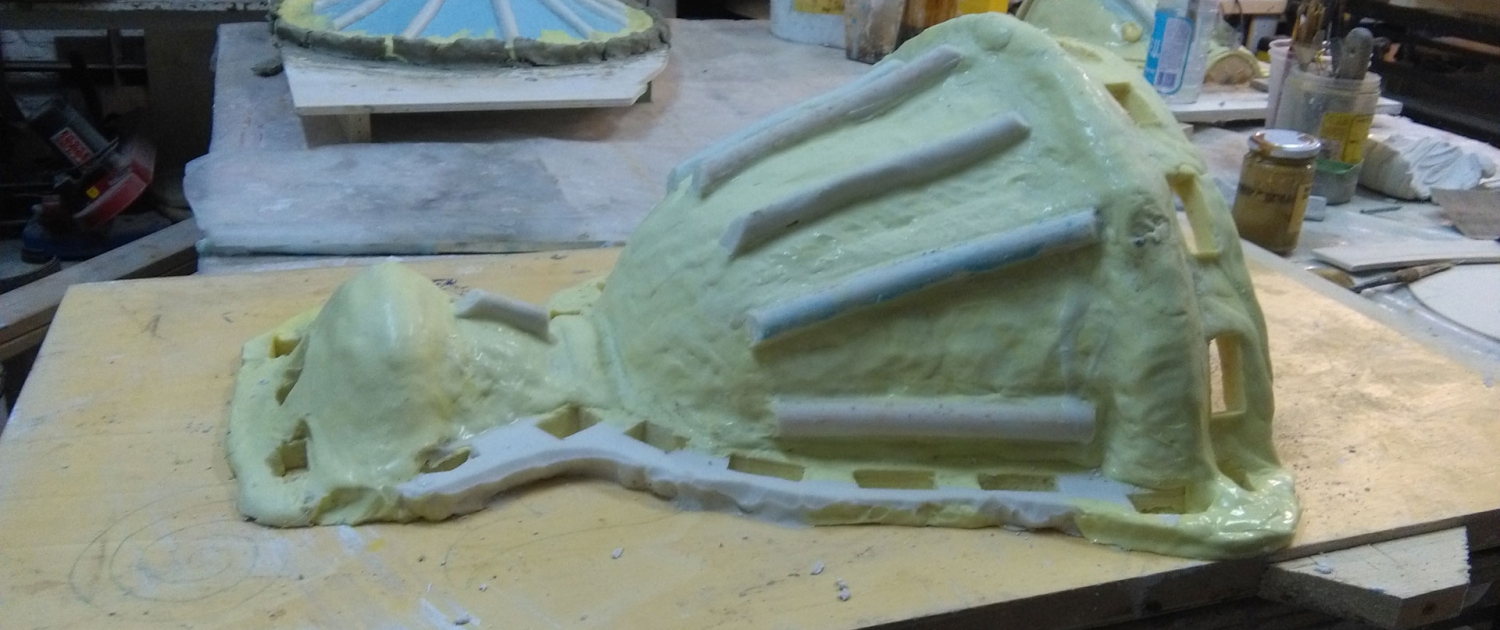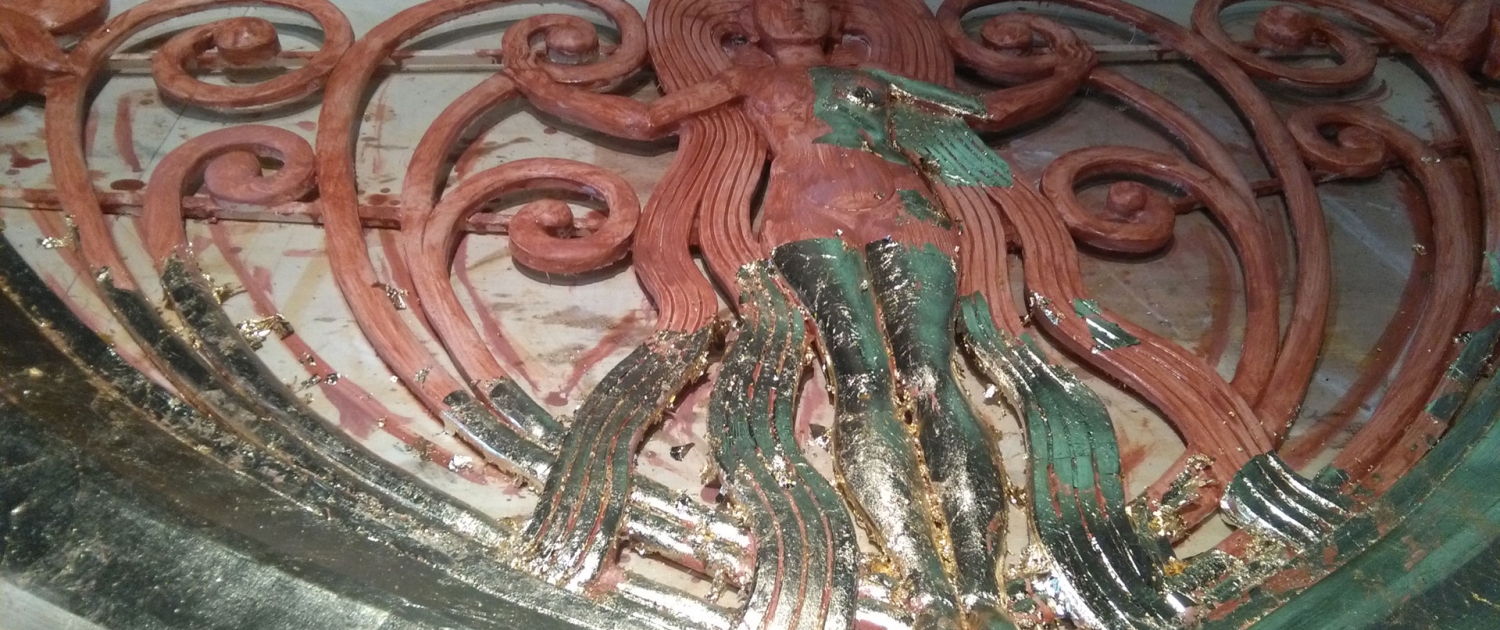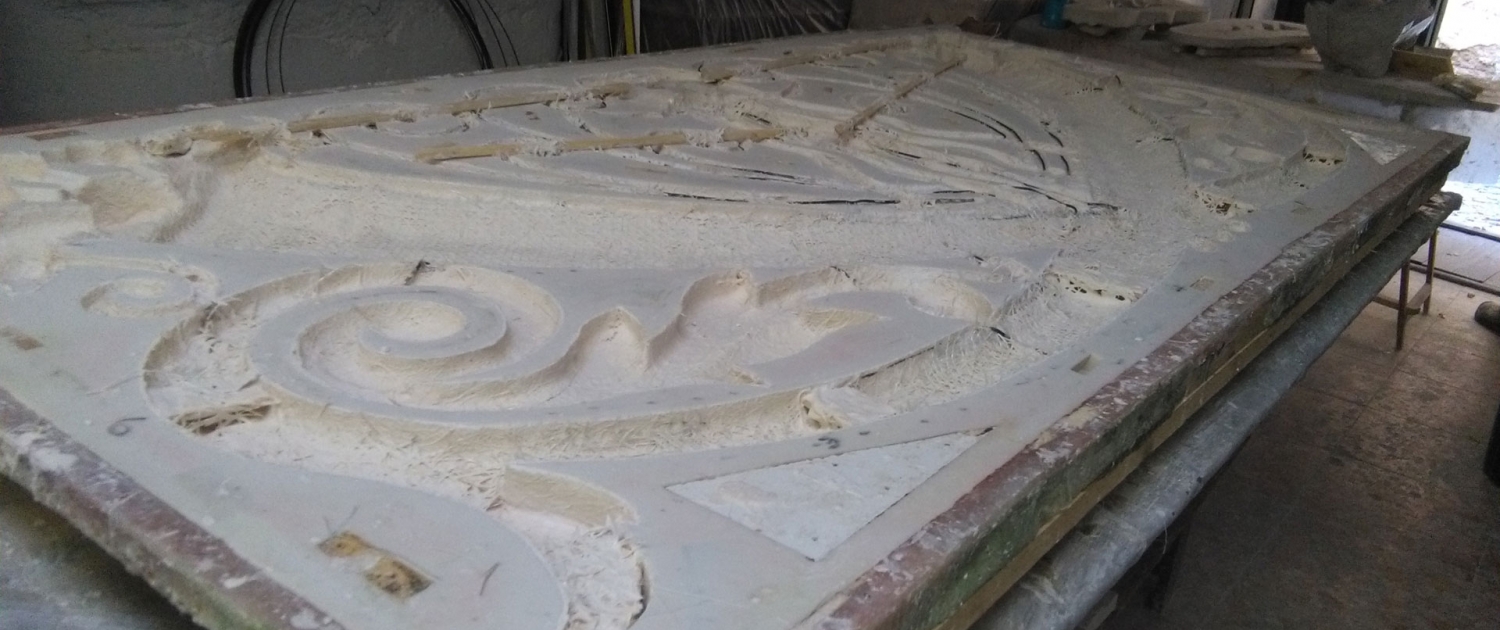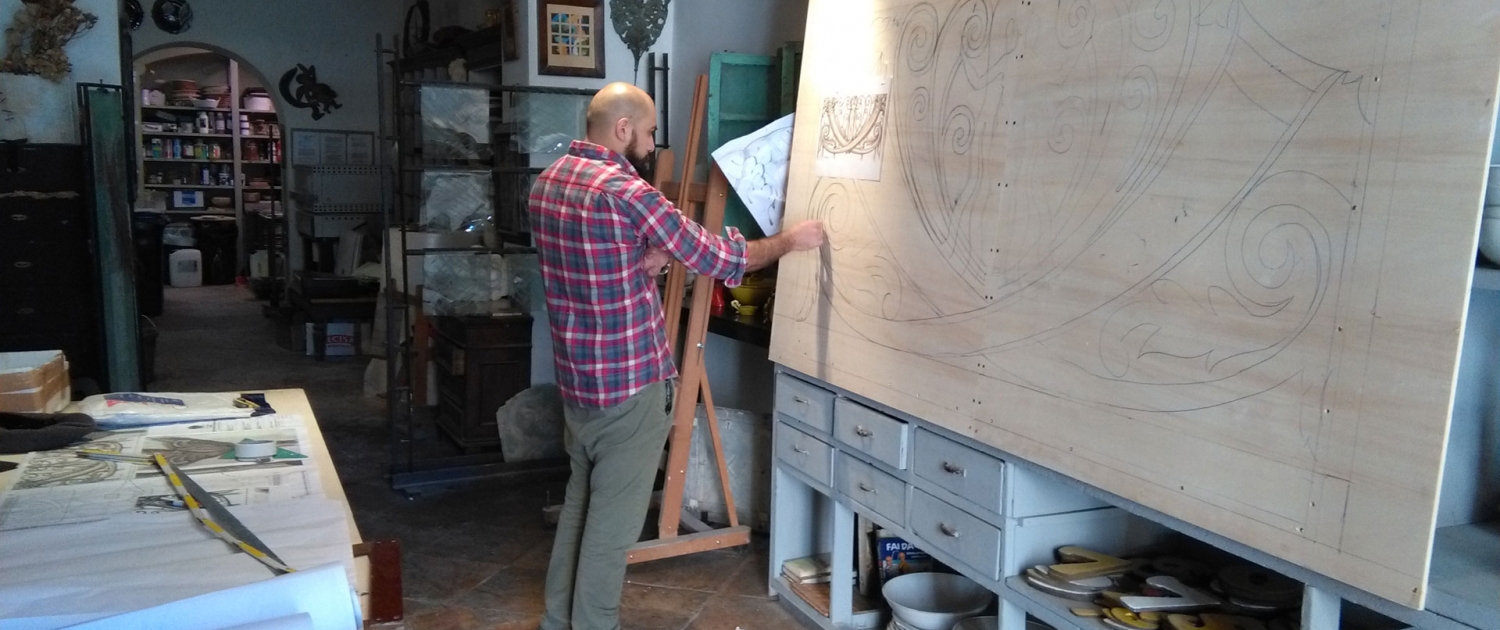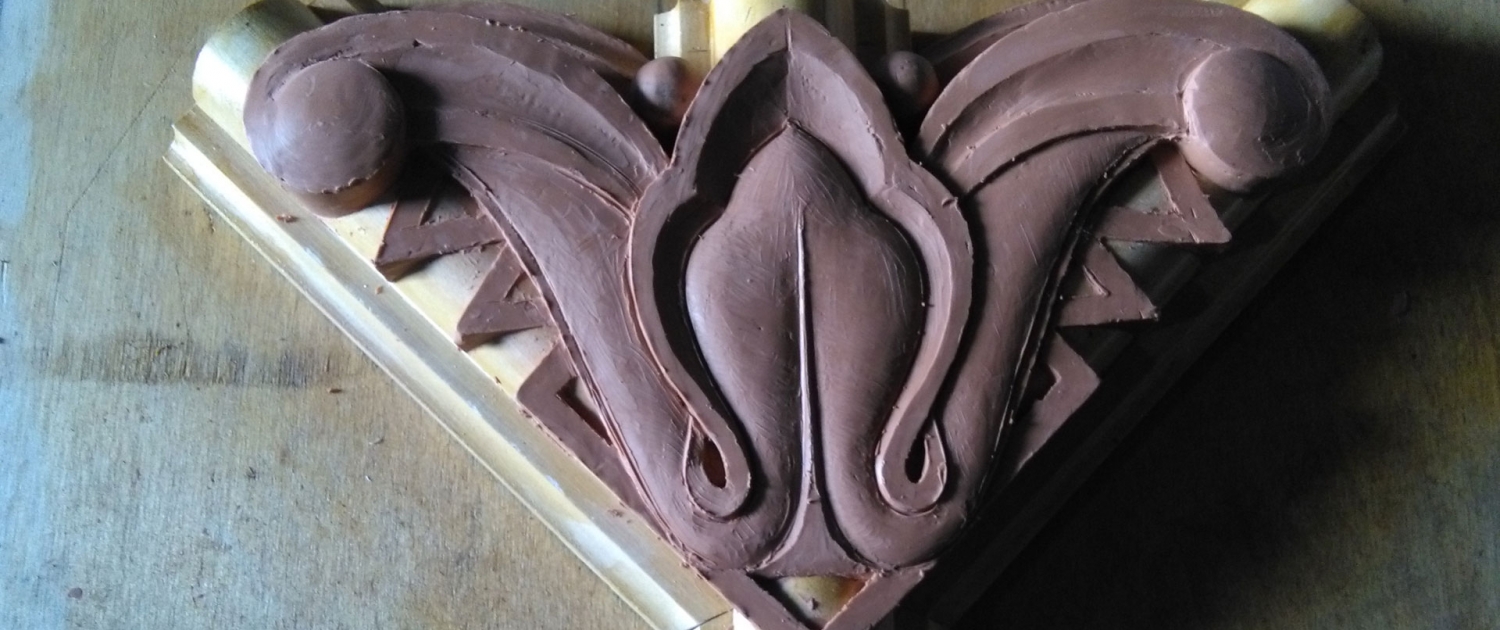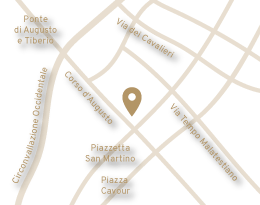I don’t make films to discuss theses or support theories. I make films in the same way I live dreams (which are fascinating as long as they remain mysterious and allusive, but risk becoming insipid when explained.)
Federico Fellini
Here we are. For the Fulgor Cinema it’s high time to raise the curtain again. After five years of restoration and refurbishment, the historic cinema on Corso d’Augusto has been handed back to Rimini and its inhabitants.
The very same cinema that played a leading role in Federico Fellini’s life and work. He watched his first films here (including Maciste in Hell) and he used to provide promotional playbills in exchange for free viewings for him and his friends. It is also the place where he fell in love with Gradisca.
After five years, during which the building site has come to life with an array of music events, theatre performances and cinema set-ups, Fulgor cinema is now ready to again become the Fellinian venue par excellence. Another chance to embody that poetic and evocative feeling about Rimini which was so much beloved and depicted by Fellini in his films.
Over his entire film career Rimini was a unique source of inspiration. In fact, Rimini is featured in Fellini’s caricatures of famous actors which were commissioned as advertisements by Fulgor’s then cinema manager. Rimini is the backdrop in Amarcord, Vitelloni, La voce della luna, 8 1⁄2 to name a few, as well as being illustrated in the comic strip for the magazine Marc’Aurelio, and in the characters described on paper, photos and during the interviews.

